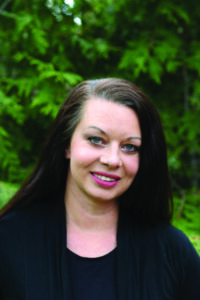As the CEO of the nonpartisan Center for Public Justice (CPJ), Stephanie Summers has the challenge of bringing together individuals and groups with opposing worldviews to work toward shared goals for the betterment of society. It’s important work, Summers believes, “because it’s part of fulfilling The Great Commission [Matthew 28:16-20]. In Acts 17, you see three examples back-to-back where Paul collaborates in groups with conflicting views. He goes to where they are, engages on their terms, and because of that kind of engagement, they are interested in hearing more.”
When Summers has been asked why she wants to work with people who believe differently from her, “I say, it’s because of my trust in God, and the image of God is in every person. We are trusting that God can work with people who may not know Him as lord and savior. It says, ‘I take you seriously as a human, and recognize that God is at work in our work.’ ”
Here are six considerations Summers believes can help anyone who might be in a position of working through the challenges of uniting people around a shared vision.
Get to know your collaborators. Summers recalls a time that CPJ assembled a group to put an end to unfair lending practices, like payday loans, that are harmful to lower-income citizens. “There was a joke that the end must be near, as we had people from three different [Christian] denominations who were working together for the first time ever,” she remembers. Summers explains that the group’s facilitator “had done the work to get to know the people in the room, so she could point to specific ways they could all add value. People trusted her, because she took the time to get to know them.” To do this well, she believes it’s essential for group members to come together in person rather than rely on technology, so they “can share with one another, hear each other, and talk to each other.”
Define principles on which people agree. The facilitator worked with this same predatory lending group to put together founding principles on which everyone could agree, knowing there were many topics on which they did not. She didn’t dictate what those principles were, but asked, ‘can we all agree on this?’ “She created a loose draft of the principles and assigned a member of the group to harmonize the discussion,” Summers explains. For example, some people thought that the government should take on a larger role in ending predatory lending practices, while others thought that individual businesses should take more responsibility. In the end, they agreed that different entities should all have a part in the solution.
Listen to understand. When Summers has seen groups with differing convictions struggle to achieve productive solutions, often, “it’s because the group is told what their shared values should be, rather than being asked to respond. If your goal is working together, and you do this, you have modeled the exact opposite.” She believes there should be room for differences, and for group members to say that they don’t agree with certain things. “Someone once said to me, ‘Why are you so soft?’ She meant it as a compliment, because she wasn’t seeing me pull a power move in every meeting, and because she was watching the fruit that was happening through our work. I think it comes from the practice of listening to understand someone with whom you know you don’t agree.” This practice takes more time, but Summers believes it can be more powerful for solving problems. “People feel more free to be in the deep end with you; they don’t feel like they have to defend their turf. They see themselves at the same table, as contributors.”
Ask for the group’s goals in writing. Summers notes that, when she has been invited to work with a group on a particular issue, “it is really a different thing to navigate whether you are being invited into a conversation or being invited to a transaction.” The latter seems to prioritize the goal over the humans collaborating to reach it. “If I’m not sure I’m being invited to a collaboration, I’ve asked [the facilitator]: ‘Can we write down what this looks like, if this is successful?’” She calls this “operationalizing around trustworthiness,” and says that every time she’s asked for such goals in writing, the person has not done what she has asked. In fact, she often does not hear back from the person at all. When someone doesn’t respond to a request like this in the beginning, Summers says it confirms her suspicion that it won’t be a productive partnership.
Name the differences. It’s OK to name where the group is in its development, Summers believes, and say to collaborators, “we’ve achieved disagreement” on certain issues. “It doesn’t mean that we won’t ever discuss that issue, but it’s OK to say ‘no, we are not going there.’ Let’s spend energy on what we have said ‘yes’ to.”
Use your strengths (even if they don’t seem like leadership strengths). As a woman in executive leadership, Summers is aware that traditional leadership skills are not always formed or valued in women in the same way that the roles of helper and nurturer are valued and formed in women. However, she finds that people who excel as helpers and nurturers are actually very successful leaders in diverse groups. She recognizes the helper quality in herself: “I am thinking [in a group], is everyone bringing something to the table? Who has God put here?”
In addition, though there might be fewer women doing the hard work of getting diverse groups to achieve big goals, Summers says, this, too, can be an asset: “As women Christian leaders, there are not so many of us. We know what it’s like to be rejected, to be slighted, to not be included. It’s wrong, but when it happens, it’s freeing. It frees me because I don’t have my identity built up in what you think of me—I believe in uncovering our shared value. It lets me collaborate, and it lets me take risks.”

